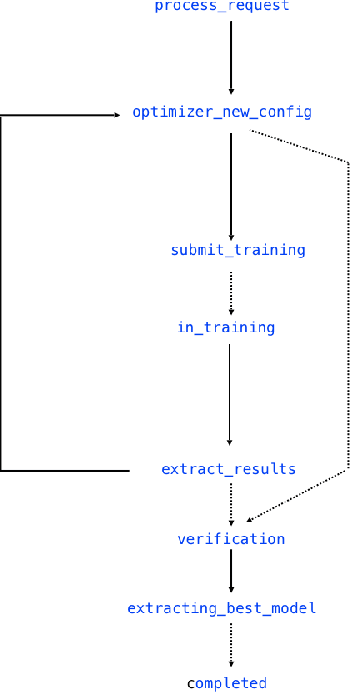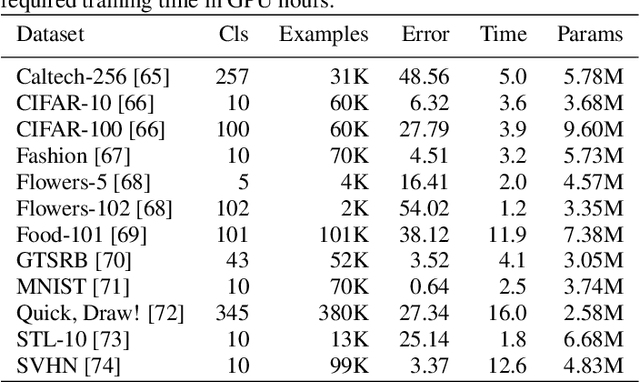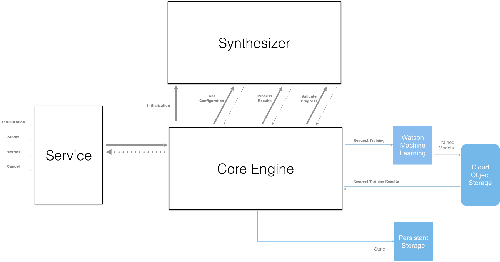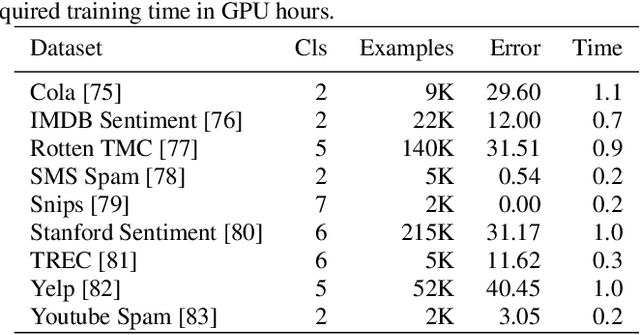A. Cristiano I. Malossi
Counterfactual Image Generation for adversarially robust and interpretable Classifiers
Oct 01, 2023



Abstract:Neural Image Classifiers are effective but inherently hard to interpret and susceptible to adversarial attacks. Solutions to both problems exist, among others, in the form of counterfactual examples generation to enhance explainability or adversarially augment training datasets for improved robustness. However, existing methods exclusively address only one of the issues. We propose a unified framework leveraging image-to-image translation Generative Adversarial Networks (GANs) to produce counterfactual samples that highlight salient regions for interpretability and act as adversarial samples to augment the dataset for more robustness. This is achieved by combining the classifier and discriminator into a single model that attributes real images to their respective classes and flags generated images as "fake". We assess the method's effectiveness by evaluating (i) the produced explainability masks on a semantic segmentation task for concrete cracks and (ii) the model's resilience against the Projected Gradient Descent (PGD) attack on a fruit defects detection problem. Our produced saliency maps are highly descriptive, achieving competitive IoU values compared to classical segmentation models despite being trained exclusively on classification labels. Furthermore, the model exhibits improved robustness to adversarial attacks, and we show how the discriminator's "fakeness" value serves as an uncertainty measure of the predictions.
Improving Low-Resource Question Answering using Active Learning in Multiple Stages
Nov 27, 2022



Abstract:Neural approaches have become very popular in the domain of Question Answering, however they require a large amount of annotated data. Furthermore, they often yield very good performance but only in the domain they were trained on. In this work we propose a novel approach that combines data augmentation via question-answer generation with Active Learning to improve performance in low resource settings, where the target domains are diverse in terms of difficulty and similarity to the source domain. We also investigate Active Learning for question answering in different stages, overall reducing the annotation effort of humans. For this purpose, we consider target domains in realistic settings, with an extremely low amount of annotated samples but with many unlabeled documents, which we assume can be obtained with little effort. Additionally, we assume sufficient amount of labeled data from the source domain is available. We perform extensive experiments to find the best setup for incorporating domain experts. Our findings show that our novel approach, where humans are incorporated as early as possible in the process, boosts performance in the low-resource, domain-specific setting, allowing for low-labeling-effort question answering systems in new, specialized domains. They further demonstrate how human annotation affects the performance of QA depending on the stage it is performed.
NeuNetS: An Automated Synthesis Engine for Neural Network Design
Jan 17, 2019



Abstract:Application of neural networks to a vast variety of practical applications is transforming the way AI is applied in practice. Pre-trained neural network models available through APIs or capability to custom train pre-built neural network architectures with customer data has made the consumption of AI by developers much simpler and resulted in broad adoption of these complex AI models. While prebuilt network models exist for certain scenarios, to try and meet the constraints that are unique to each application, AI teams need to think about developing custom neural network architectures that can meet the tradeoff between accuracy and memory footprint to achieve the tight constraints of their unique use-cases. However, only a small proportion of data science teams have the skills and experience needed to create a neural network from scratch, and the demand far exceeds the supply. In this paper, we present NeuNetS : An automated Neural Network Synthesis engine for custom neural network design that is available as part of IBM's AI OpenScale's product. NeuNetS is available for both Text and Image domains and can build neural networks for specific tasks in a fraction of the time it takes today with human effort, and with accuracy similar to that of human-designed AI models.
 Add to Chrome
Add to Chrome Add to Firefox
Add to Firefox Add to Edge
Add to Edge